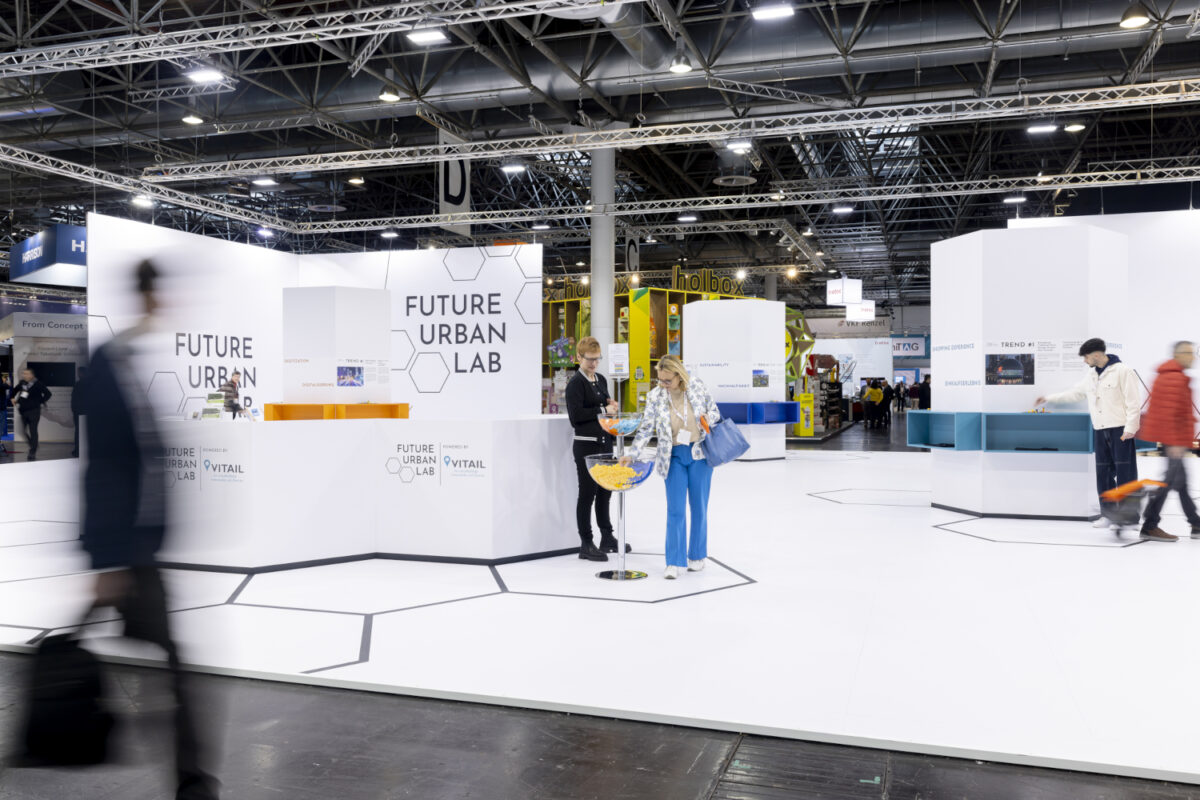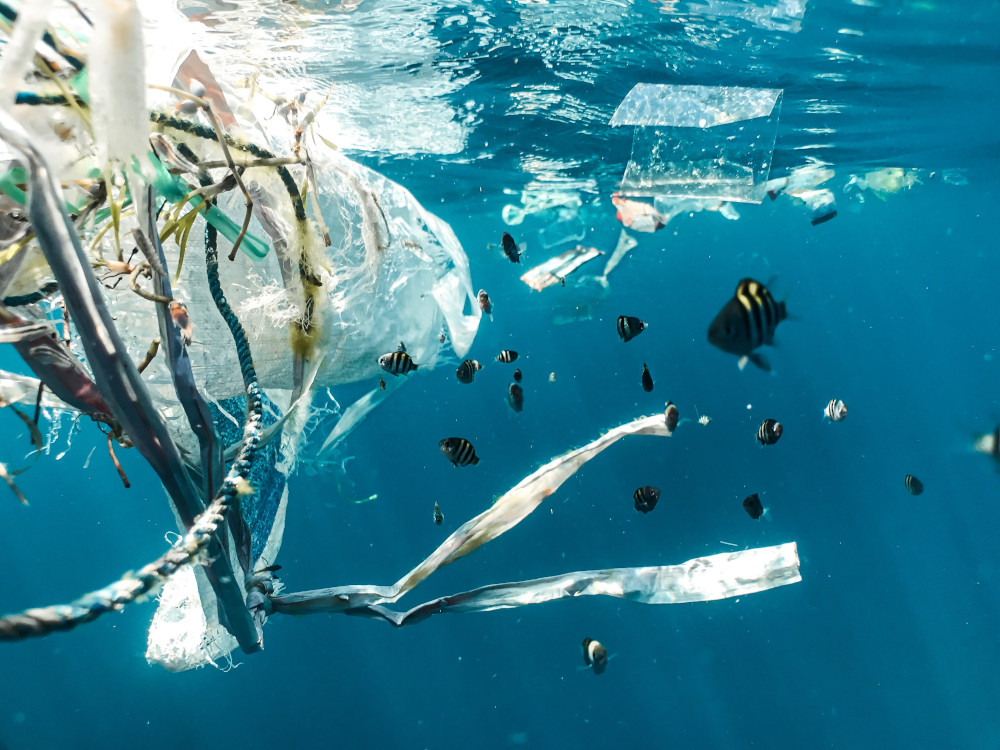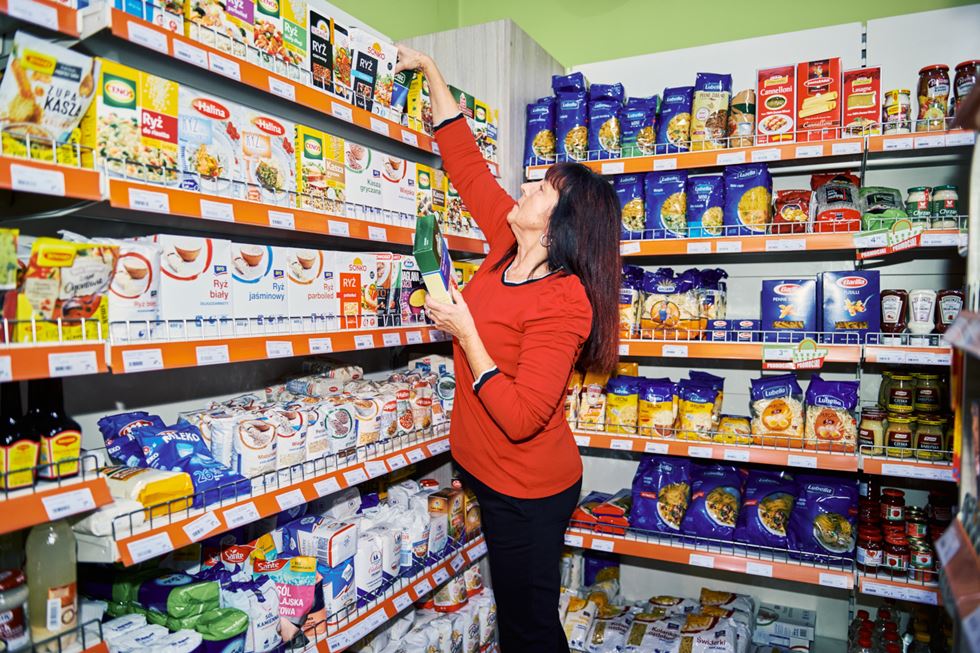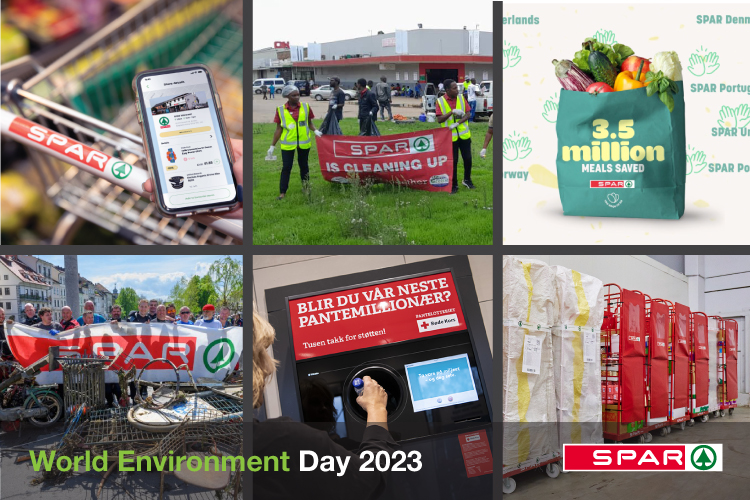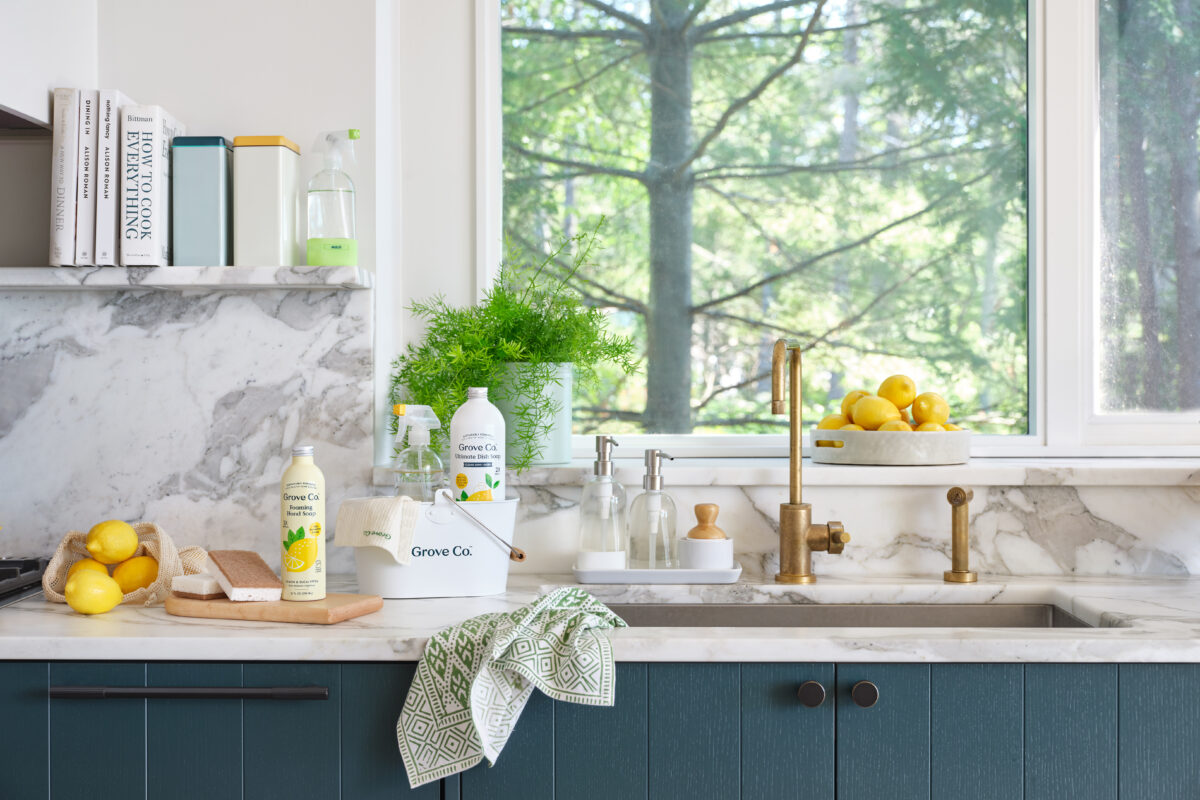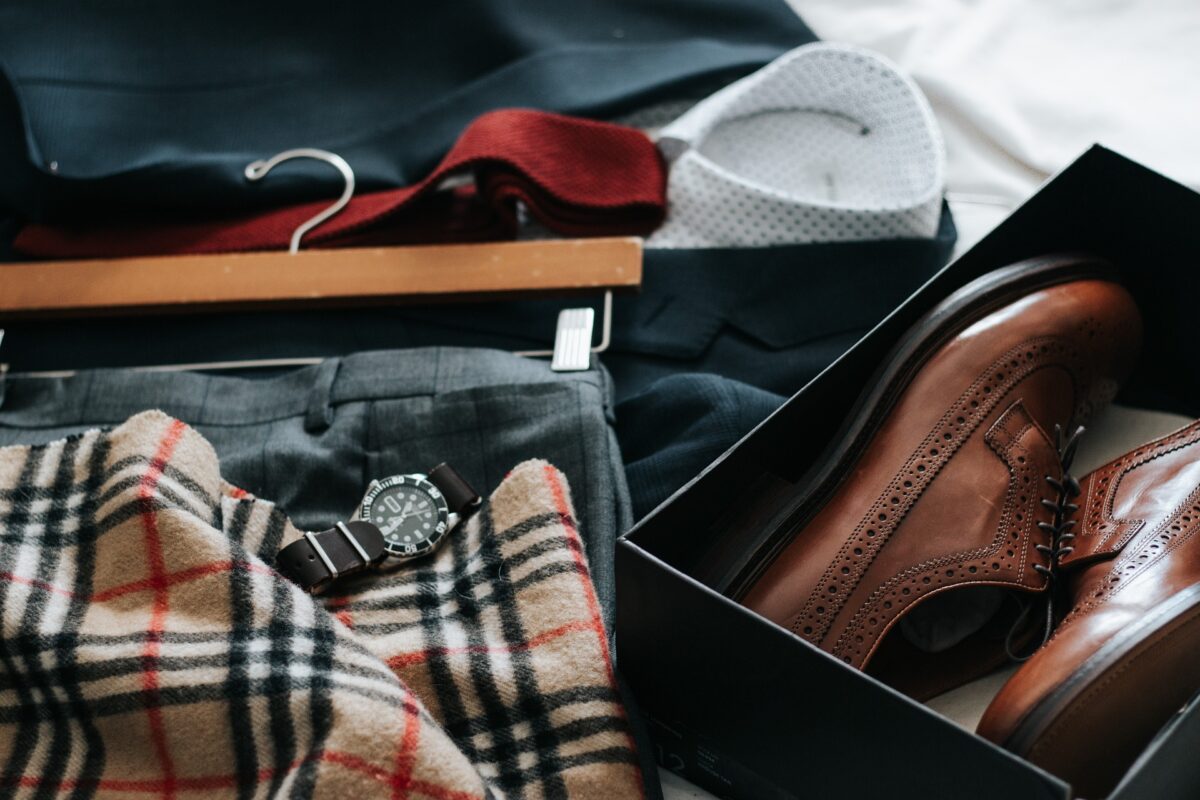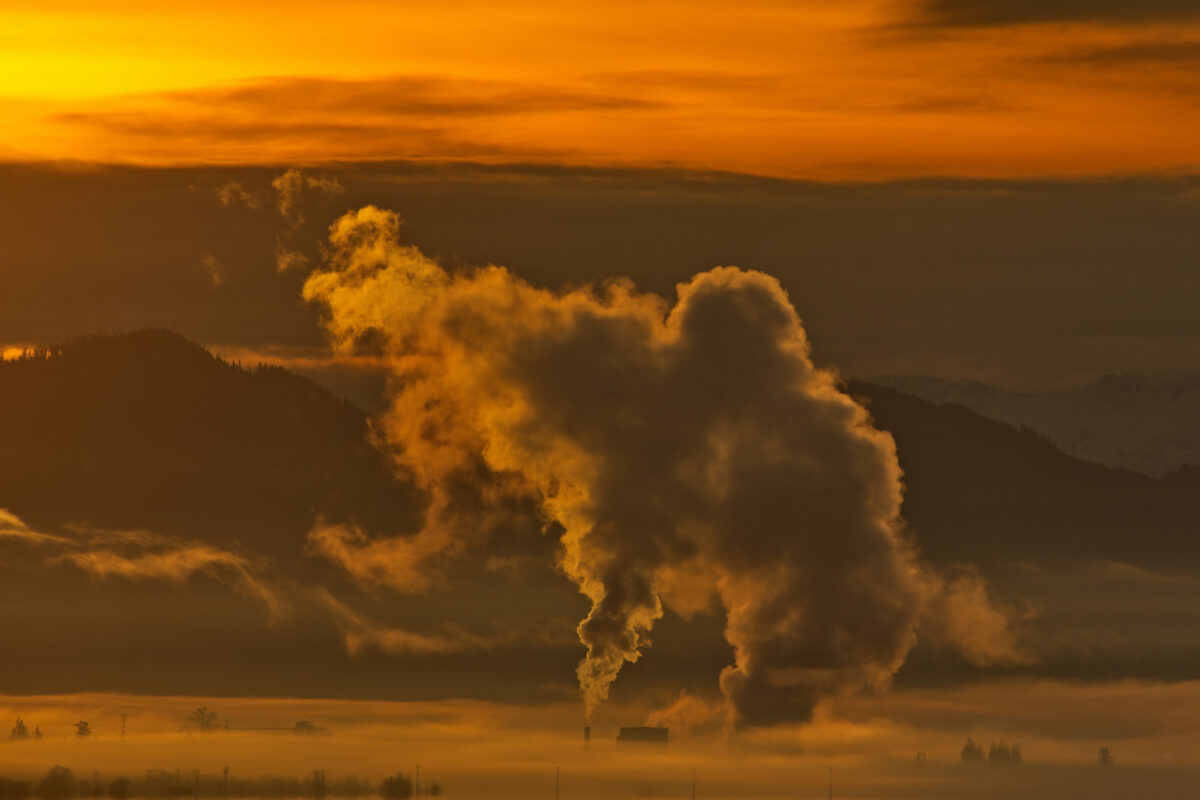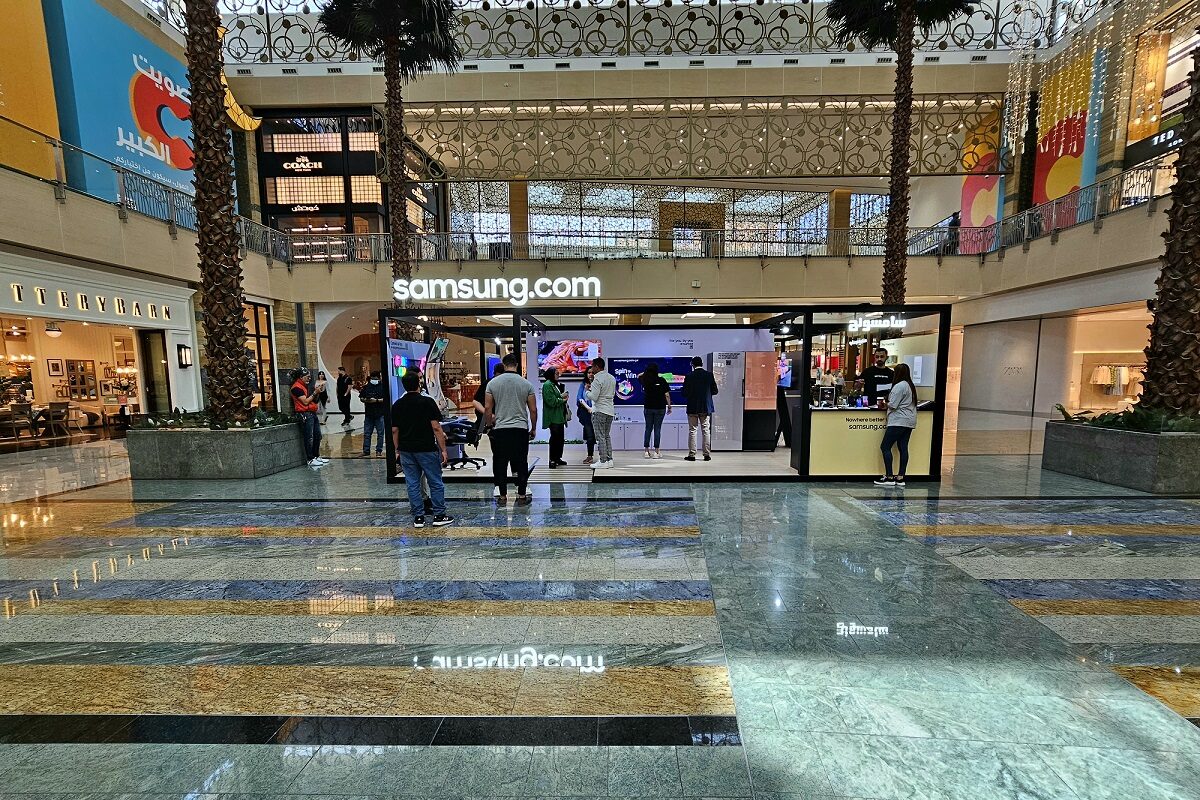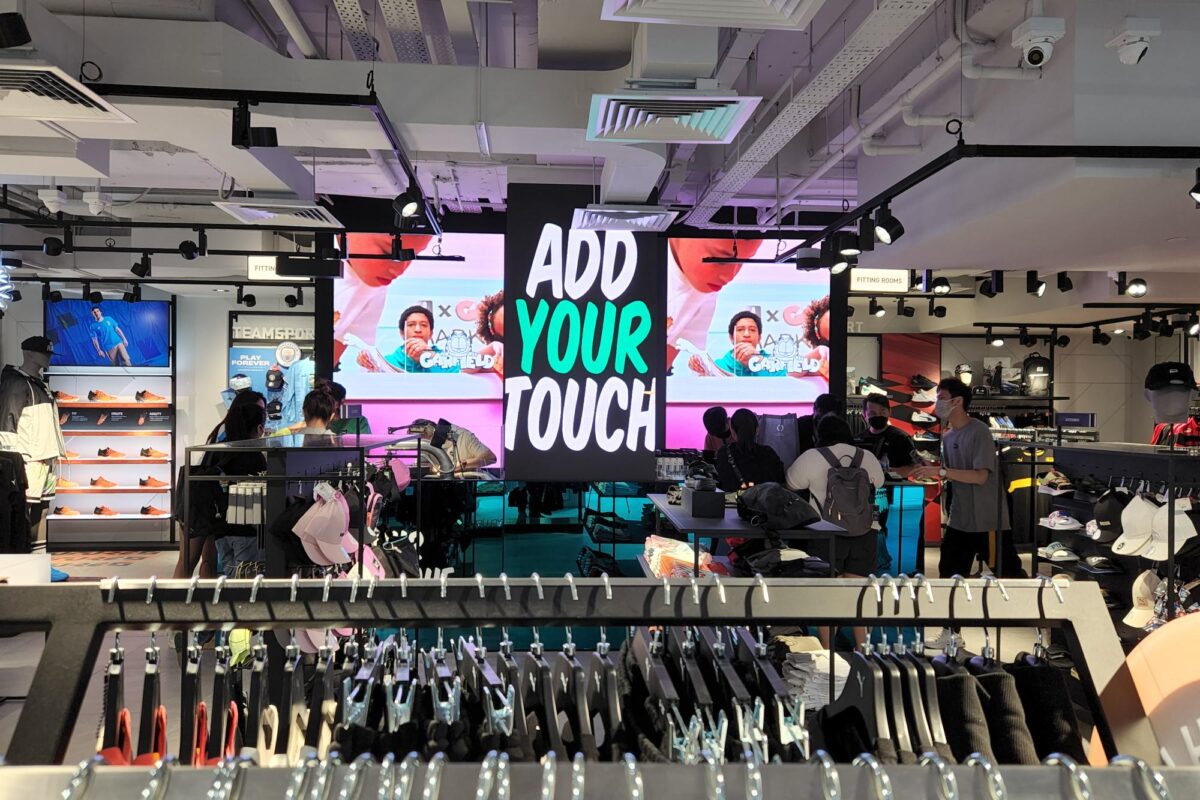Sustainable and energy-efficient lighting applications
By Katja Laska (exclusively for EuroShop.mag)
Sustainable and future-oriented actions are the order of the day for many companies around the world. The retail sector can embrace sustainability in multiple areas by rethinking delivery routes and logistics, assortment planning and procurement, and energy management. The latter includes retail store lighting. What are some great options in this setting? We’ve listed a few examples of resource-efficient lighting solutions.
Lidl Germany benefits from smart glass made by SageGlass, which dynamically changes tint in response to sunlight. The installation was first introduced to a Lidl store in May 2018. By now, around 150 Lidl stores have been equipped with the glass façade. The solution provides excellent glare protection with maximum use of daylight. The smart glass pane is coated with layers of ceramic that dim automatically to suit the outdoor light conditions. The concept is seamless, silent, and fully automatic, creating a pleasant shopping atmosphere for customers and optimum working conditions for store employees. Another energy-saving benefit: the smart glass controls the heat influx, which means less energy use to keep stores cool.
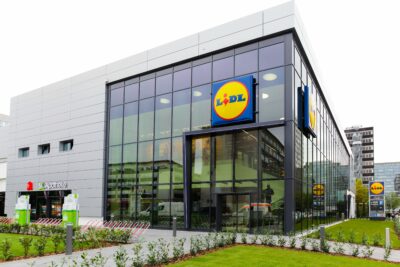
© LIDL
You will find energy-saving and attractive lighting solutions for your store in the Dimension Lighting at EuroShop 2023 in Düsseldorf. You’ll see the light – come and see us!
IKEA’s “More Sustainable Store” in Kaarst near Düsseldorf, Germany, is fully committed to boosting sustainability, which includes its lighting selection. Energy-saving LED lighting technology is used throughout the furniture store. A smart control system dims glass surfaces and windows using daylight conditions. “This marks the first time we are integrating daylight in a store concept to create a feel-good ambiance for both customers and employees,” says Detlef Boje. Large areas of glass and a translucent roof ensure the store is pleasantly bright throughout the year. Resource conservation is a top priority: a green roof, the integration of existing buildings and assortment planning complete the overall concept.
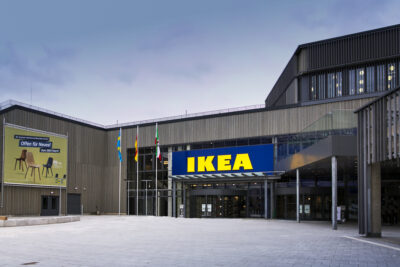
© obs/IKEA Germany GmbH & Co. KG/André Grohe
SPAR also wants to be part of the energy revolution and is reducing the hours of its lighting systems in 800 of its SPAR, EUROSPAR, INTERSPAR and Maxi stores. “In the past, we left our advertising signs on after-hours. This would be careless in times when we need to conserve energy,” says Hans K. Reisch, Deputy CEO at Spar Austria. Storefront advertising and outdoor lighting used to be switched on between 6 a.m. and 10 p.m., depending on the amount of daylight. Now the lights go on just shortly before stores open. The company expects to reduce its energy expenditure by one million kilowatt hours annually. The move is especially beneficial during the winter months as the energy savings roughly equal the amount consumed by 250 households. This is just the latest step in a series of energy-efficient measures as the retailer has been using innovative LED lighting since 2011. The LED systems were developed specifically for SPAR Austria’s needs in collaboration with Austrian manufacturers. The latest generation of these light sources uses 80 percent less energy than the fluorescent tubes and spotlights that were previously installed. Each store is also equipped with light sensors, ensuring that outdoor lighting is switched on based on available daylight. Only a third of lighting systems is used for inventory replenishment prior to store opening. The retailer also uses minimum lighting at night.
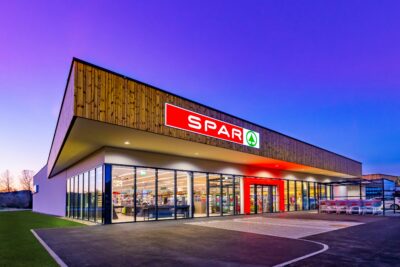
© SPAR/Werner Krug
Photovoltaics, heat recovery, CHP, closed display refrigeration – all this helps save energy in hypermarkets of Globus, a major German retail chain. Another pillar: LED lights since the gradual conversion to LED lighting cuts the energy consumption of retail lighting in the company’s stores in half. To put it in numbers: each store saves 300,000 kWh and thus removes 138 tons of CO2 annually. The retailer plans to keep going and further expand these efforts in the future. Globus remains consistent in its commitment to using LED lighting in all its new construction and renovation projects.
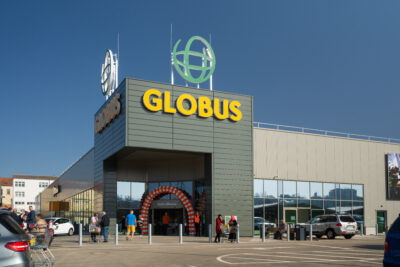
© Tobias Ebelshäuser






